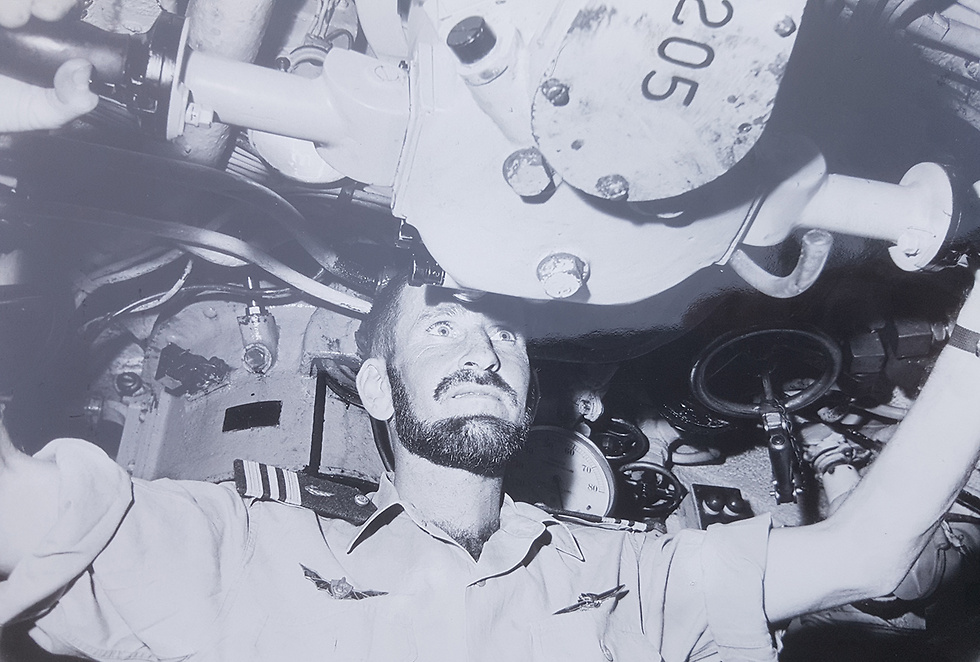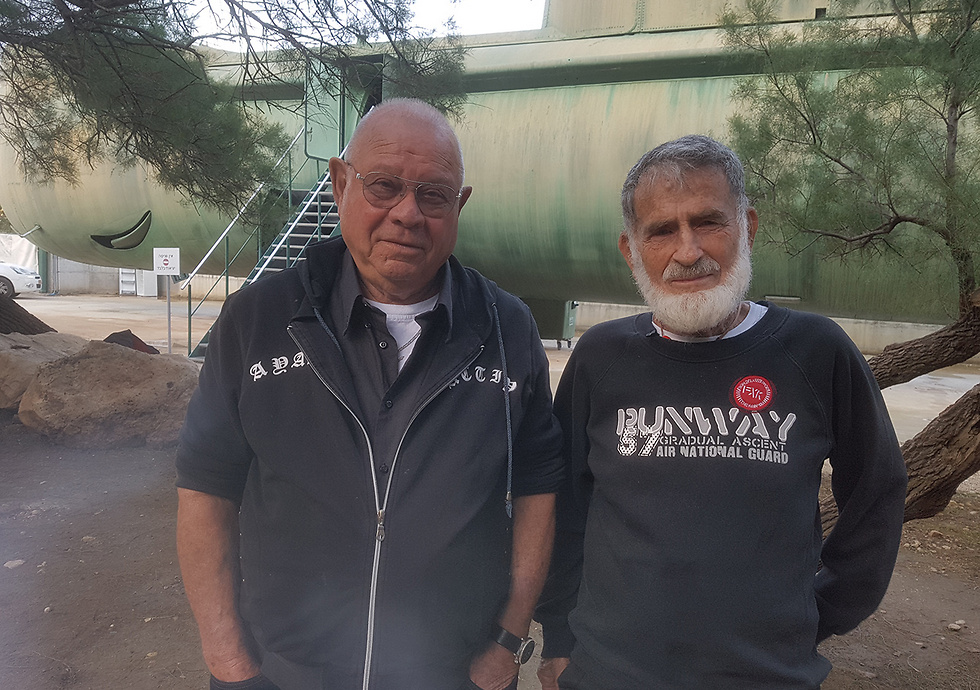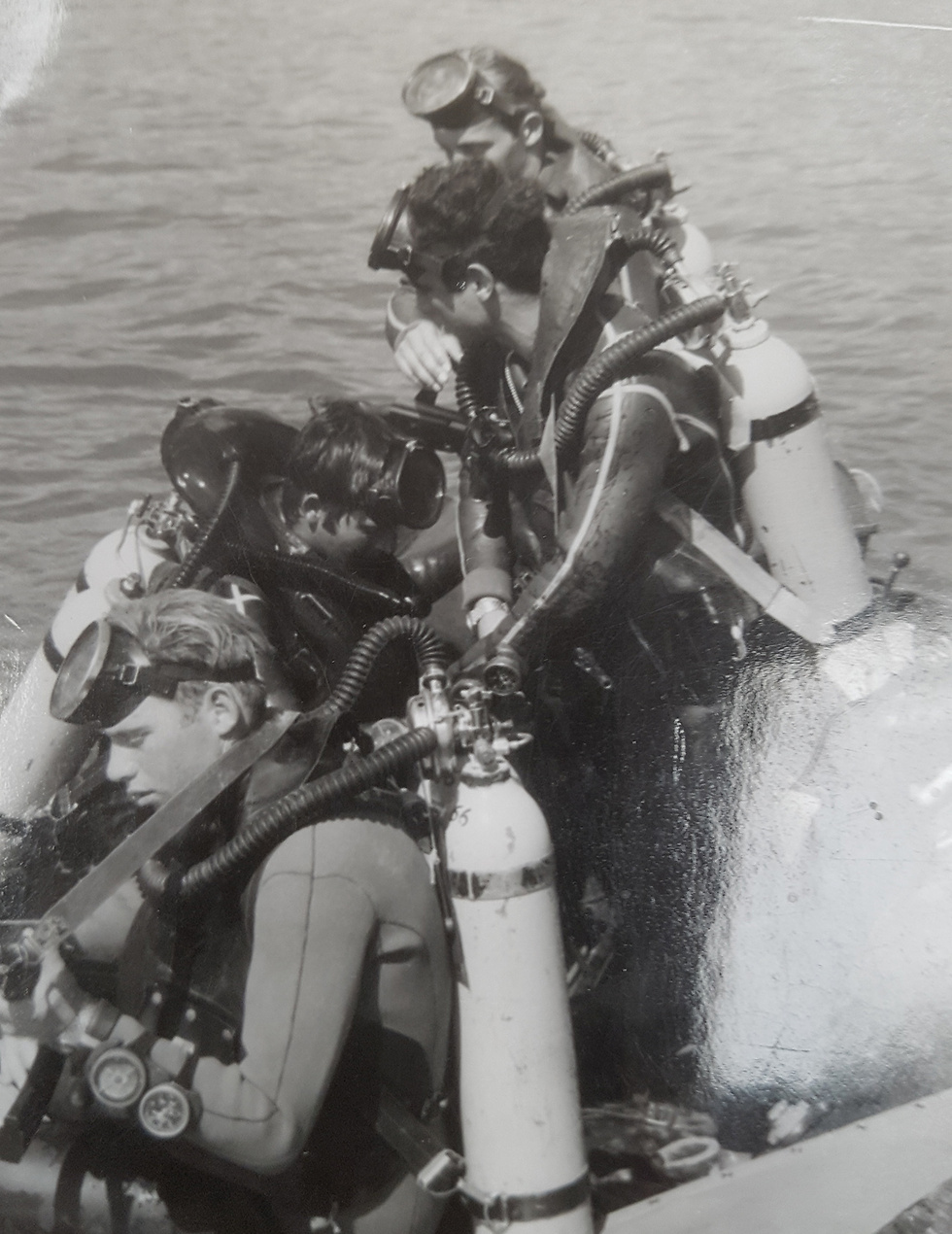Six-Day War: The Israeli Navy’s commandos ‘suicide missions’

Shayetet 13 (‘Flotilla 13′), the Israeli Navy’s special operations unit, was sent at the start of the Six-Day War on a daring series of missions deep within enemy territory, which included covert assault on harbors in Syria and Egypt.
Those missions can now retroactively be called suicide missions, as in spite of the soldiers’ bravery, the heroic missions failed spectacularly as some of the combatants were even taken captive due to intelligence and navigation errors.
Fifty years later, the commandos meet in the Clandestine Immigration and Naval Museum in Haifa. Even though their average age is above 80, their rough and rugged nature is still clearly apparent. They joke around at each other’s expense, reminisce about the times and the harrowing tortures they suffered in captivity and note that even though the mission failed, it showed the lengths to which the sailors of Shayetet 13 would go to defend their country.
‘THERE WAS NO CHANCE WE COULD MAKE IT BACK’
On June 1, 1967, the Israeli submarine Tanin (“Crocodile”) was sent for a sabotage mission in the Egyptian Navy’s Alexandria harbor, under the command of Maj. Abraham Dror.
 Abraham Dror (Photo: Naval Museum)
Abraham Dror (Photo: Naval Museum)
 Eitan Lipschitz (L) and Abraham Dror (Photo: Assaf Kamar)
Eitan Lipschitz (L) and Abraham Dror (Photo: Assaf Kamar) (Photo: Naval Museum)
(Photo: Naval Museum) (Photo: Naval Museum)
(Photo: Naval Museum)